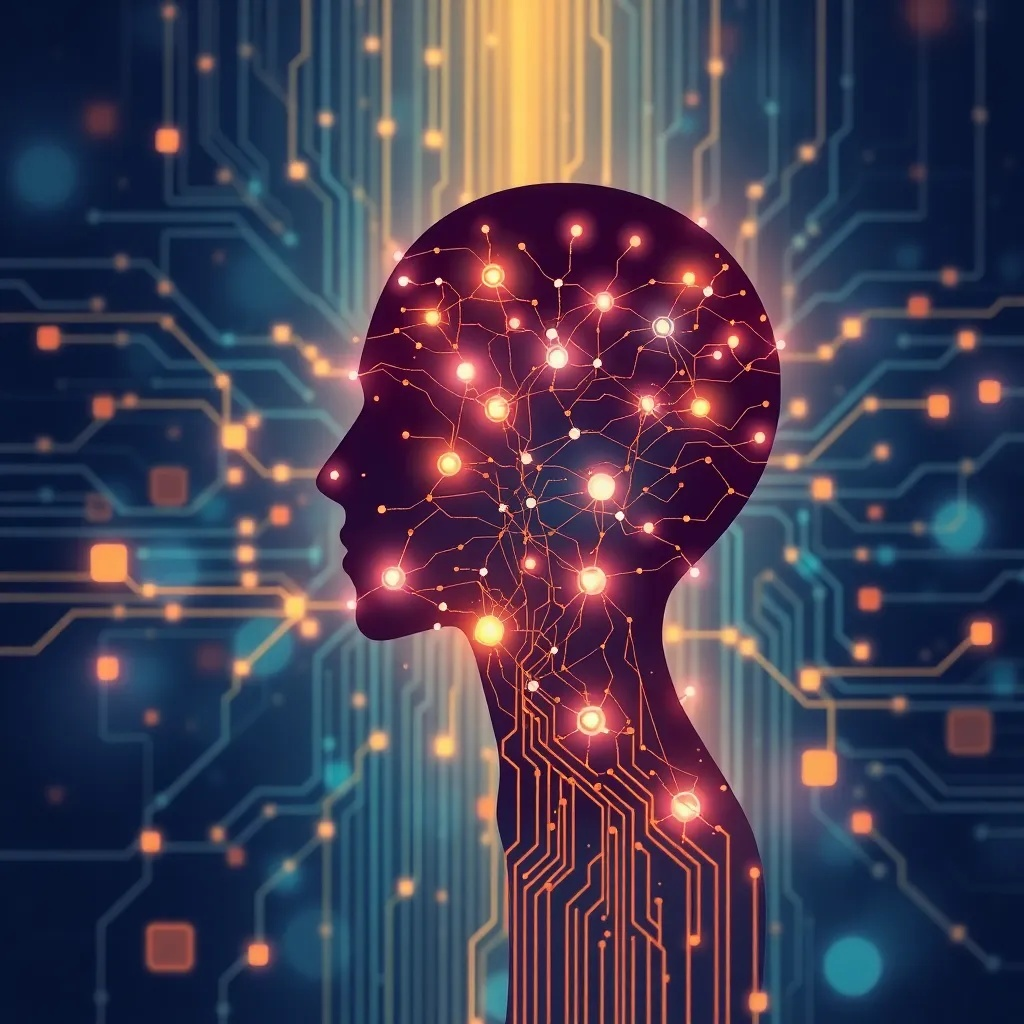AI-driven clinical interviews achieve over 90% diagnostic concordance for depression and anxiety, reducing costs by 60% and improving access in underserved areas, based on recent studies.
Recent studies show AI interviews match clinician diagnoses for mental health disorders, offering scalable and cost-effective solutions globally.
The integration of generative AI into mental health care is revolutionizing how disorders like depression, anxiety, and PTSD are diagnosed, offering unprecedented accuracy and accessibility. A 2023 report in JAMA Network Open revealed that AI-driven clinical interviews achieve over 90% diagnostic concordance with clinicians, outperforming traditional scales such as the PHQ-9. This advancement is driven by innovations from companies like Woebot and Mindstrong, which have contributed to cost reductions of up to 60% and user satisfaction rates above 80%, as highlighted in recent data. The shift towards AI tools addresses critical gaps in mental health services, particularly in low-income regions, where affordability and availability are major concerns. However, this progress is accompanied by ethical debates, including updates to guidelines by the American Psychological Association in 2023 that emphasize transparency and bias checks in AI applications. As AI continues to evolve, its role in telehealth and personalized care promises to enhance global mental health access, though careful consideration of disparities and ethical implications remains essential.
Recent Advances in AI-Driven Diagnostics
Generative AI and large language models are making significant strides in mental health diagnostics, with recent studies underscoring their efficacy. For instance, an October 2023 study in The Lancet Digital Health found that AI models for PTSD assessments achieved 95% accuracy against clinician evaluations, improving early detection capabilities. This builds on earlier findings from the JAMA Network Open report, which demonstrated high concordance rates for depression and anxiety. The use of AI interviews not only standardizes assessments but also reduces costs; data from a WHO report indicates that AI tools can cut mental health assessment expenses by 50%, making care more affordable in underserved areas. Companies such as Woebot and Mindstrong are at the forefront, leveraging AI to provide interactive and user-friendly platforms. A 2023 survey by K Health reported that user satisfaction with AI-driven interviews reached 85%, highlighting comfort and accessibility for diverse populations. These advancements represent a shift from traditional methods, which often rely on self-report scales that can be subjective and less reliable.
Ethical and Practical Considerations
While the benefits of AI in mental health are clear, ethical considerations must be addressed to ensure equitable implementation. The American Psychological Association updated its guidelines in 2023, stressing the need for transparency and rigorous bias checks in AI mental health applications. This is crucial because algorithmic biases could exacerbate disparities in minority communities, as noted in the suggested angle from recent analyses. For example, if AI models are trained on non-representative data, they might perform poorly for certain demographic groups, undermining the goal of scalable care. Additionally, data privacy concerns arise with the collection of sensitive health information through digital platforms. The high user satisfaction rates, such as the 85% reported by K Health, indicate that many find AI tools acceptable, but ongoing monitoring is essential to maintain trust. Practical challenges include integrating AI into existing healthcare systems and ensuring that it complements rather than replaces human clinicians, fostering a collaborative approach to mental health care.
Future Directions and Global Impact
Looking ahead, AI is poised to play a pivotal role in expanding mental health care access, particularly in regions with limited resources. Future trends point towards AI-integrated telehealth solutions that can provide personalized support and early interventions. For instance, the suggested angle emphasizes how AI tools can bridge urban-rural care gaps by offering low-cost assessments, potentially transforming care delivery in low-income areas. Innovations from companies like Woebot and Mindstrong are expected to evolve, incorporating more sophisticated algorithms for real-time monitoring and feedback. However, this expansion must be balanced with efforts to address ethical issues, such as those outlined in the APA guidelines, to prevent worsening health disparities. The global impact could be substantial, with AI enabling more people to receive timely diagnoses and support, ultimately reducing the burden of mental health disorders worldwide. As research continues, it will be important to evaluate long-term outcomes and ensure that AI serves as a supportive tool rather than a standalone solution.
The evolution of mental health diagnostics has been marked by a shift from traditional self-report scales, such as the PHQ-9, to more interactive and AI-driven methods. Earlier approaches often faced criticism for their subjectivity and limited accuracy, but the integration of generative AI builds on decades of research in psychological assessments. For example, studies in the early 2000s began exploring computer-based interviews, setting the stage for today’s advancements. The recent emphasis on standardization and cost-effectiveness in AI tools reflects a broader trend in digital health innovation, where technologies like telemedicine and mobile apps have gradually gained acceptance. This context highlights how AI mental health applications are part of a longer trajectory aimed at improving diagnostic precision and accessibility, though they must navigate ongoing challenges like data privacy and algorithmic fairness to achieve widespread adoption.
In the broader landscape of mental health care, the rise of AI diagnostics mirrors past innovations in other medical fields, such as the adoption of electronic health records or wearable devices for monitoring chronic conditions. Regulatory actions, like the APA’s 2023 guidelines, echo earlier efforts to address ethics in emerging technologies, underscoring the need for continuous oversight. Comparisons with older treatments reveal that while AI offers improvements in accuracy and scalability, it also introduces new complexities, such as the risk of dehumanizing care. By examining these patterns, it becomes clear that the current trend towards AI-driven assessments is not isolated but part of an iterative process of technological integration in healthcare. This analytical perspective helps readers understand that while AI holds great promise, its success depends on balancing innovation with evidence-based practices and ethical safeguards to ensure equitable mental health outcomes for all.




